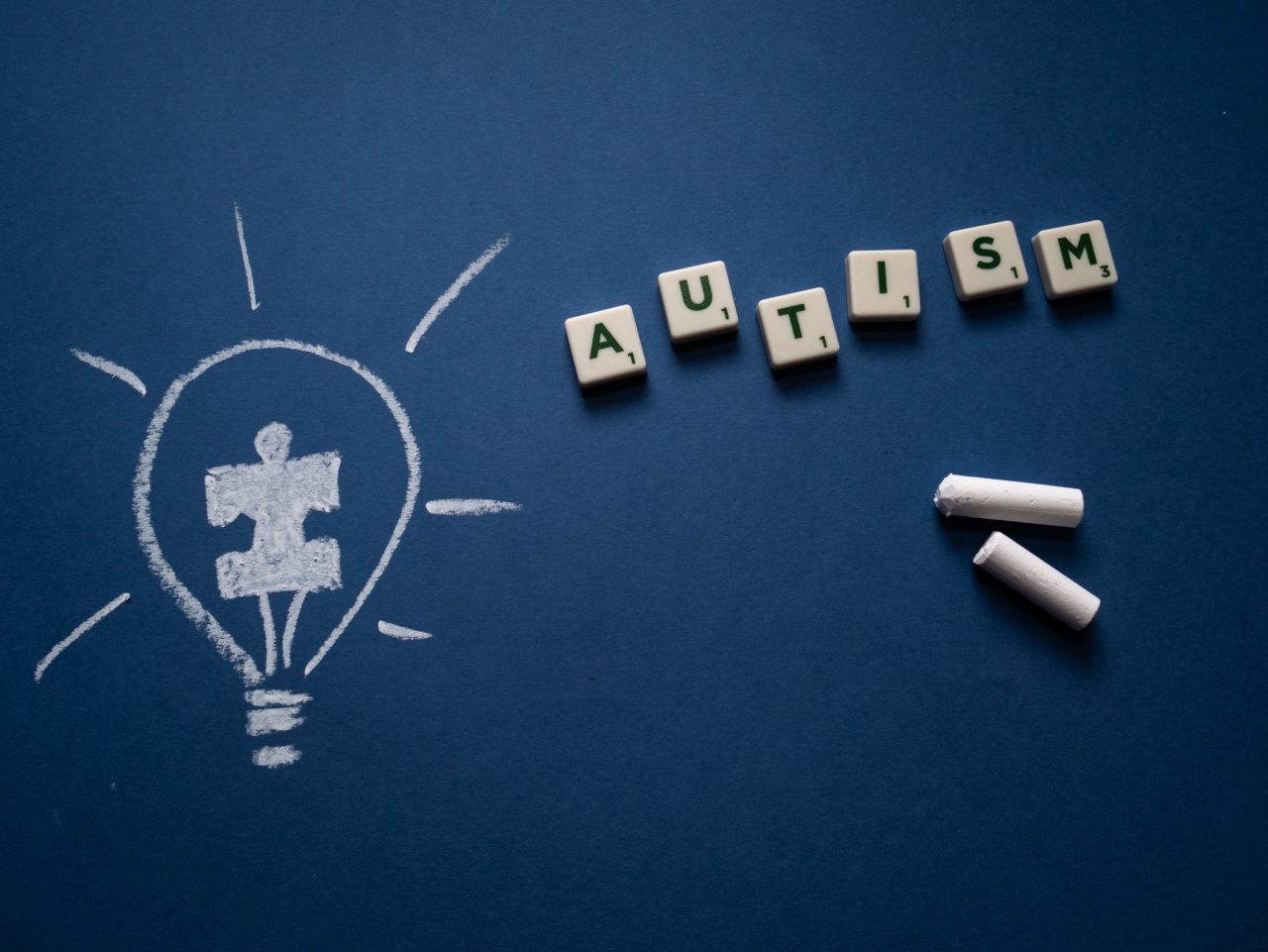Autism Spectrum Disorder (ASD) is a neurodevelopmental disorder characterized by impairments in social interaction, communication difficulties, and restricted and repetitive patterns of behavior.
Over the past few decades, the rates of autism have been on the rise, with an increasing number of individuals being diagnosed with ASD. This has led to concerns and debates surrounding the reasons behind this surge in autism rates. In this article, we will explore some of the possible factors contributing to the higher rates of ASD.
Genetic Factors
One of the primary reasons for the higher rates of autism spectrum disorder is believed to be genetic factors. Research has shown that certain genes play a crucial role in the development of ASD.
It is estimated that around 70-90% of autism cases are due to genetic influences. Mutations or alterations in genes involved in brain development and synaptic connectivity have been identified in individuals with ASD.
Additionally, there is evidence of a hereditary component, as families with one autistic child have an increased chance of having another child with ASD.
Environmental Factors
While genetics may play a significant role, environmental factors are also thought to contribute to the rise in autism rates.
Exposure to certain environmental toxins during prenatal or early postnatal development has been suggested as a potential risk factor for ASD. Maternal exposure to air pollution, pesticides, heavy metals, and certain medications during pregnancy has been associated with an increased risk of autism in offspring.
However, the exact mechanisms by which these environmental factors influence the development of ASD are still not fully understood.
Advanced Parental Age
Another factor that has been linked to the higher rates of autism is advanced parental age. Studies have found that both paternal and maternal age at the time of conception can influence the risk of having a child with ASD.
Advanced paternal age, commonly defined as 35 years or older, has been associated with an increased risk of autism in offspring. Similarly, maternal age over 35 has also been identified as a risk factor.
The biological mechanisms behind this association are not well-established, but it is believed that age-related changes in sperm and egg cells may contribute to the increased risk.
Prenatal and Perinatal Factors
Certain prenatal and perinatal factors have been implicated in the development of autism spectrum disorder.
Maternal use of certain medications during pregnancy, such as valproic acid and thalidomide, has been associated with an elevated risk of ASD in offspring. Additionally, maternal infections during pregnancy, particularly those affecting the central nervous system, have been suggested to increase the likelihood of autism.
Other factors, such as maternal obesity, gestational diabetes, and complications during childbirth, have also been linked to an elevated risk of ASD.
Changes in Diagnostic Criteria and Awareness
The increased rates of autism spectrum disorder can also be attributed to changes in diagnostic criteria and greater awareness of the disorder. In the past, autism was often underdiagnosed or misdiagnosed, leading to an underestimation of prevalence.
However, advancements in diagnostic tools and a better understanding of the disorder have allowed for more accurate and early identification of individuals with ASD. Additionally, efforts to raise awareness among healthcare professionals, educators, and the general public have led to increased recognition and reporting of autism cases.
Improvements in Diagnosis and Access to Services
Advancements in diagnostic practices and increased access to early intervention services have also contributed to the higher rates of autism spectrum disorder.
Early identification and intervention are crucial for optimizing outcomes in individuals with ASD. As diagnostic methods improve and become more accessible, more individuals are being diagnosed at an early age, allowing for timely intervention and support.
The availability of specialized services, such as speech therapy, occupational therapy, and behavioral interventions, has also increased, aiding in the identification and management of autism.
Impact of Changes in Diagnostic Labels
Another factor that may have influenced the higher rates of ASD is the broadening of diagnostic labels.
In recent years, there has been a shift towards using the term “autism spectrum disorder” to encompass a wider range of individuals with varying levels of impairment and symptomatology. This change has led to the inclusion of individuals who may not have met the criteria for autism under previous diagnostic classifications.
While this expansion has allowed for a more comprehensive understanding of the disorder, it may have contributed to the increased prevalence of autism.
Increased Awareness and Acceptance
The growing awareness and acceptance of autism spectrum disorder have also played a role in the higher rates of diagnosis. In the past, individuals with autism may have been stigmatized or misunderstood, leading to delays in diagnosis and intervention.
However, the increased awareness and acceptance of neurodiversity have created an environment where individuals with ASD are more likely to be recognized and receive the necessary support and services. As societal attitudes towards autism evolve, more individuals are seeking evaluations and receiving diagnoses.
Underlying Factors Yet to Be Discovered
Despite extensive research on autism spectrum disorder, there are still underlying factors that have yet to be fully understood. It is likely that a combination of genetic, environmental, and interactive influences contribute to the development of ASD.
The complexity and heterogeneity of the disorder make it challenging to pinpoint specific causative factors. Ongoing research aims to further explore the genetic and environmental interactions that may underlie the rising rates of autism.
Conclusion
The higher rates of autism spectrum disorder can be attributed to a combination of genetic and environmental factors, changes in diagnostic practices, increased awareness and acceptance, and improvements in access to services.
Genetic influences, advanced parental age, prenatal and perinatal factors, and environmental exposures have all been identified as potential risk factors. However, the complexity of ASD suggests that there are likely multiple interacting factors yet to be discovered. Further research is needed to unravel the underlying mechanisms and develop effective interventions for individuals with autism.






























